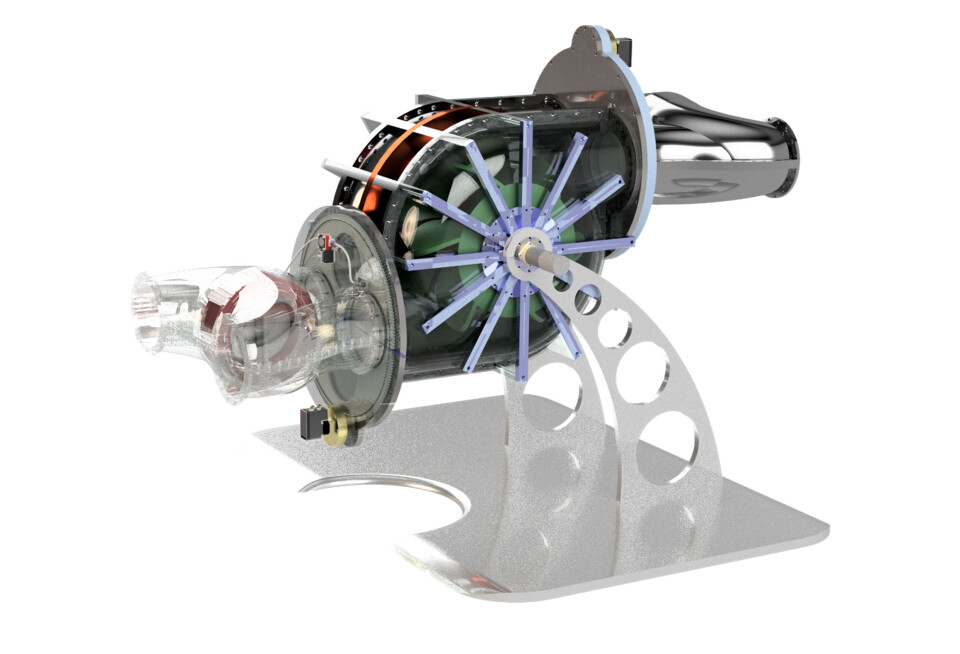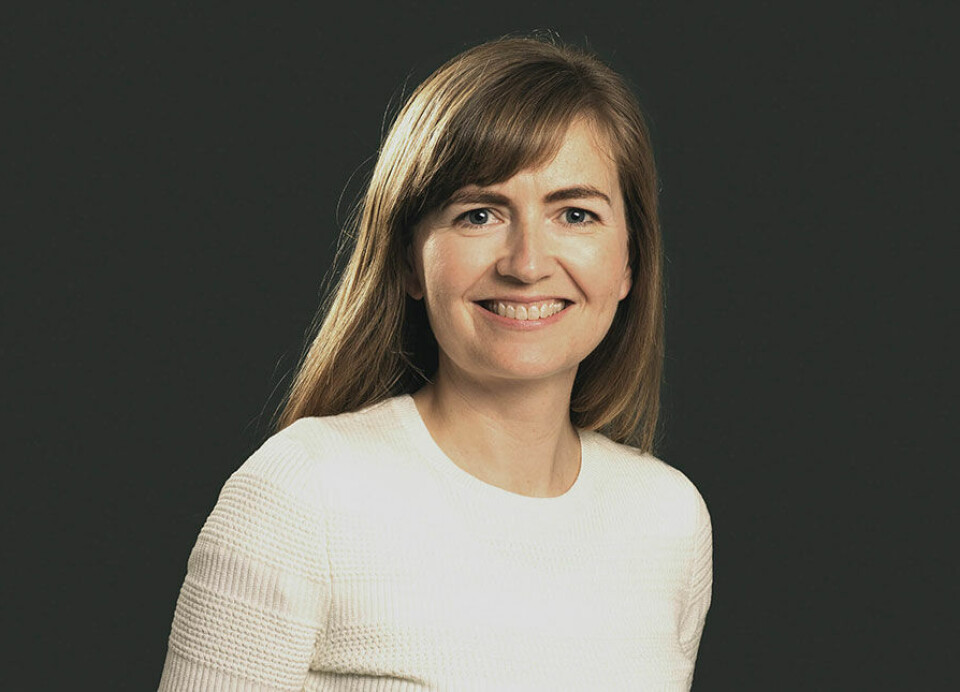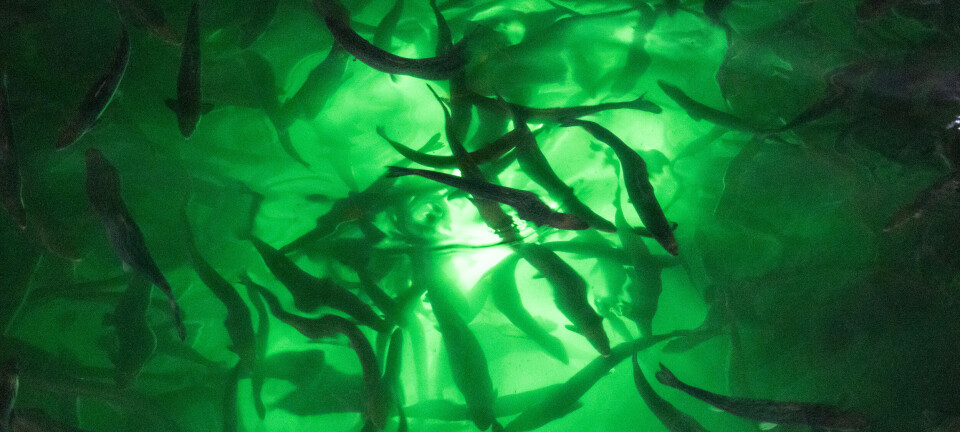LandbasedAQ.com

Why doesn't Leonardo da Vinci's pump attract investors' interest?
Over a year ago, LandbasedAQ.com's Norwegian sister site published an article about the Zero Gravity Pump from the company 0GCS AS - a technology that, according to inventor Knut Christian Brinch, has the potential to revolutionise land-based aquaculture by using significantly less energy than traditional pumps. Yet, investors have not been convinced.
According to Knut Brinch, the pump has the potential to use only 10% of the energy a regular pump requires to lift water, depending on factors such as height, volume, and speed.
Brinch claims that under optimal conditions his patented pump needs to use only 10% of the energy a standard pump uses by utilising the energy from water flowing down to pump new water up.
"I believe that reducing energy use by 90% to move, in this case, 1,000 tonnes of water up 10 metres while still achieving the same performance, is very revolutionary. Such savings represent a dramatic breakthrough in energy efficiency, which in turn could lead to enormous cost reductions and positive environmental effects."
Where are the investors?
Despite the potential, investors have been reluctant. According to Brinch, this should have caught the attention of investors.
"Let's assume that the invention saves 90% of 298,365 kWh and calculates the customer's savings over four years with a 5x profit factor. Then we do not need to sell more than 1,862 pumps to get a patent valuation of NOK 10 billion.
Brinch is puzzled by the lack of interest:
"With the energy savings these pumps provide, it should not be unreasonable to assume that it is possible to sell a few thousand pumps, which in turn should have aroused interest among investors," he says.
Leonardo da Vinci's vision realized?
The story of the Zero Gravity Pump has an interesting historical dimension. On the website of the Museo Galileo, there is an original drawing from Leonardo da Vinci's Codex Atlanticus showing a self-powered mechanical water pump. The museum has also created an animation of the pump. Da Vinci's pump uses the energy of water flowing down to pump water up. This is the same principle used in the Zero Gravity Pump.
Check out the animation of Leonardo da Vinci's pump here
Source: Museo Galileo
"The difference is that today's technology is 600 years ahead of what Leonardo had available," says Brinch. "In his time, he was dependent on manual power with buckets - a limitation that does not exist today."
The quest for support
Despite his belief in his project, Brinch struggles to get support from investors.
"In Norway's innovation ecosystem, inventors often face the question: 'Have you talked to Innovation Norway?' - a subtle way of saying 'We are not interested in risk'."
When asked why he does not try public funding, Brinch replies: "For anyone who takes their intellectual property rights seriously, public funding can feel like digging your own grave, with a shiny shovel marked 'state support'.
"The irony is that it is precisely by breaking the rules that entrepreneurs create groundbreaking innovations. But they still struggle to secure investments because the expectation is that they should follow the rules. As Sir Douglas Bader once said: 'Rules are for the guidance of wise men and the obedience of fools'," he adds.
Drought in the patent world
Brinch has, in connection with the problems of finding support, spoken with several of the largest patent offices in Norway. He reports that the feedback is that the prospects for obtaining support are very poor, and can be described as a desert for patent financing now.
"This does not reflect the politicians' statements that things are booming in Norwegian industry," he says.
Norwegian ownership of technologies, according to Brinch, is directly linked to the inventors' patents, and their private ownership.
"If the ownership is not protected through patents, Norway is a loser in the innovation industry, and the technology industry. Then all inventors must look for foreign investors, who are also reluctant to invest in Norway, based on challenges with taxation of assets," Brinch says.
Norwegian ownership of technologies, according to Brinch, is directly linked to the inventors' patents and their private ownership. If the ownership is not protected through patents, Norway is a loser in the innovation industry and the technology industry.
Patent office's view
Elisabeth Ohm is a lawyer and head of the patent department at the patent company Acapo (formerly Bergen Patent Office). She is responsible for the patent advisors and patent-related work there.

She does not want to comment on the Zero Gravity Pump specifically, but confirms that there are general difficulties currently with investment interest not only related to patented ideas.
"The problem is investments in companies generally in Norway. This has to do with risk willingness, but of course also how well one can promote their technical invention/technical solution as a company. If you do not get investments in the company, then the costs of securing the intangible assets, such as patents, in the companies are difficult because it is costly. If you have not secured the rights to your technical solution, then it is correspondingly difficult to get investors who can drive the company and the technical development, as well as more patents forward," she says.
"This will again increase the value of the company and provide a basis for more investors. So one can talk about a vicious circle, or at least a circle," she adds.
She believes this is due to several factors.
"I partly think there is little understanding in Norway and among politicians that you cannot just engage in innovation detached from the aspect of rights. In the last four years, there has only been talk about 'innovation, innovation, innovation' - and then it stops there," she believes.
Ohm points out that Norway has been a raw material supplier for far too long.
"There has been little understanding of developing technical solutions and ensuring that these solutions are further processed. In this way, one can become independent of raw materials, such as oil and gas, and have companies that grow and can provide jobs and tax revenues to Norway. However, our neighbouring countries Sweden and Denmark have done this," she says.
Is it easier to find foreign investors?
"I don't really think it's easier to find foreign investors. They are the first to ask how you have secured your technical solution. If you have nothing in writing that you are the source, and that you have the rights to take this further, that no one else can take your solution, and that this is the company's property, then there is also no interest from abroad to invest," says the patent lawyer.
Elisabeth Ohm describes the consequences for Norwegian business development of the current situation as follows:
"We lose the opportunities to become independent of the raw materials that have characterised Norway, and we lose competence, labour, jobs, tax revenues, and so on. All conditions that should secure AS Norway in the future become uncertain," she says.
Realization of a 600-year-old dream
Brinch remains optimistic nonetheless.
"Our patented pump's connection to Leonardo da Vinci's vision provides a historical significance that should arouse both curiosity and enthusiasm. If investors can look past the risks of early-stage innovation, they can help realise a dream that was first sketched over 600 years ago," he believes.
As a last resort, he considers giving the patent to a Chinese company in exchange for royalties, as China has the world's largest aquaculture market.
"If I own 5% royalties on a pump produced for the world's largest aquaculture market in China, I will become incredibly rich," he says.
At the same time, Brinch sees such a sale as a jab at Norwegian politicians, who prefer to invest in working capital rather than innovation and ownership of patented technologies.
Whether this invention ends up as a footnote in history or becomes the next major breakthrough remains to be seen. The first step is to find someone willing to take the chance.





















